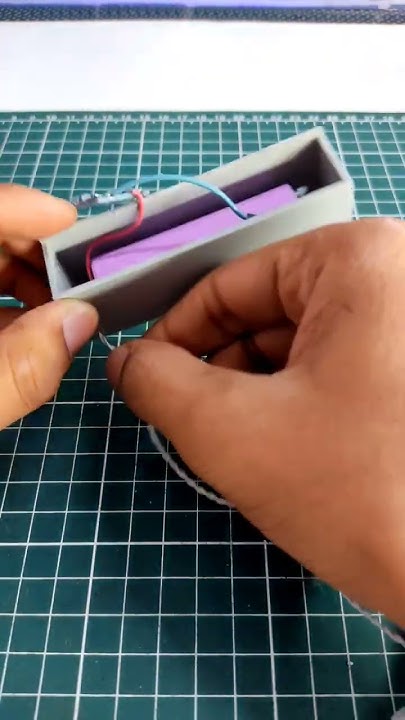How To Make Cycle Indicator At Home

Alright, buckle up buttercups! We're about to embark on a thrilling journey, a quest for…homemade cycle indicators! Yes, you heard that right. We're ditching the drugstore and diving into the DIY life.
Gather Your Arsenal!
First things first, you need your ingredients. This ain’t rocket science, folks. Think basic, household stuff, things you can probably pilfer from your kitchen or bathroom cabinet without raising too many eyebrows.
You'll need some red cabbage. Yep, that vibrant veggie is our secret weapon. Don't ask why, just trust me! You'll also need some water, vinegar (white or apple cider works), baking soda, and a few clear containers. Think old jam jars or even plastic cups.
The Cabbage Concoction
Chop up about half of your red cabbage into smallish pieces. Toss it into a pot and cover it with water. Bring it to a boil, then let it simmer for about 15-20 minutes. You're basically making cabbage tea!
The water should turn a gloriously deep purple. That's the magic happening! Let it cool down completely, then strain the liquid into a clean container. Discard the cabbage remnants (or compost them, you responsible earthling, you!).
The Acid Test (Literally!)
Now for the fun part! Pour a little bit of your cabbage juice into each of your clear containers. We're talking maybe a quarter of the way full. Then, one by one, add a dash of vinegar to one container and a pinch of baking soda to another.
Observe! Marvel! The cabbage juice will change color depending on what you added. The vinegar should turn it a reddish-pink hue, while the baking soda will likely turn it blue or even greenish. Isn’t science just… chef's kiss?
Interpreting the Rainbow (of Your… Stuff)
Okay, now comes the slightly trickier part, but don't you worry your pretty little head. This cabbage juice concoction is your cycle indicator! Each shade of color represents a different range.
So, get a sample of your, let’s say, *bodily fluid*. Add a tiny amount to a fresh batch of cabbage juice. Watch closely for a color change. Compare this color to your control colors (the vinegar and baking soda mixtures).
If your sample turns the cabbage juice more reddish, it means your substance is acidic. If it turns it more bluish or greenish, it's alkaline. If it doesn't change much, it's probably neutral-ish.
Troubleshooting Your Triumphs (and Tribulations)
Sometimes things don’t go as planned. Maybe your cabbage juice isn't very purple. Maybe the color changes are super subtle. Don't fret! Try boiling the cabbage for a longer time or using more cabbage in the first place.
Also, remember that this is a DIY experiment, not a foolproof scientific instrument. So, take your results with a grain of (iodized) salt. If you have any serious concerns, always consult a real, live medical professional.
Disclaimer Time! (Because Lawyers)
Let me be crystal clear: this article is purely for entertainment purposes! I am not a scientist, a doctor, or a cycle guru. I'm just a person with a computer and a love for slightly bizarre DIY projects. Don't base any major life decisions on the results of your homemade cabbage juice experiment. Seriously.
A Final Flourish of Fun
So, there you have it! Your very own, homespun cycle indicator! Now you can impress your friends with your mad scientist skills. Or, you know, just keep it to yourself and enjoy the sheer weirdness of it all.
Remember to clean up your mess afterwards, and maybe reward yourself with a slice of red cabbage-free cake! You deserve it, you magnificent cycle indicator creator, you!


















